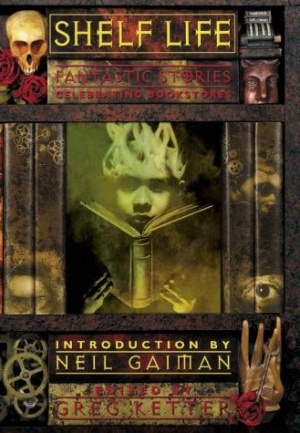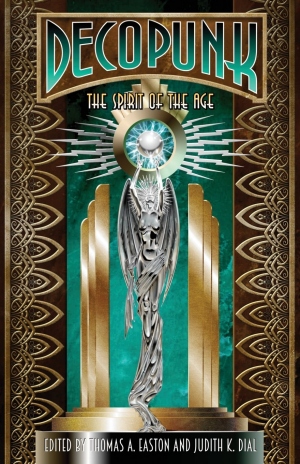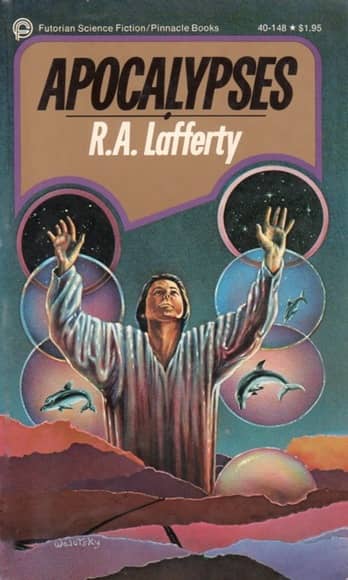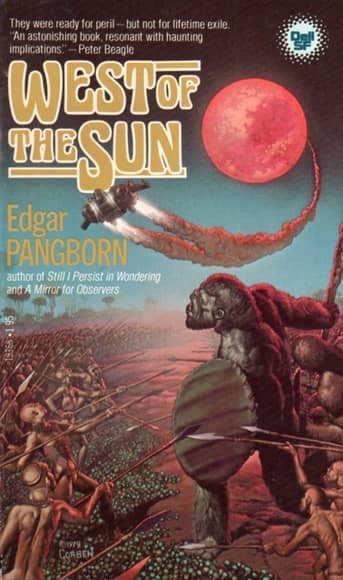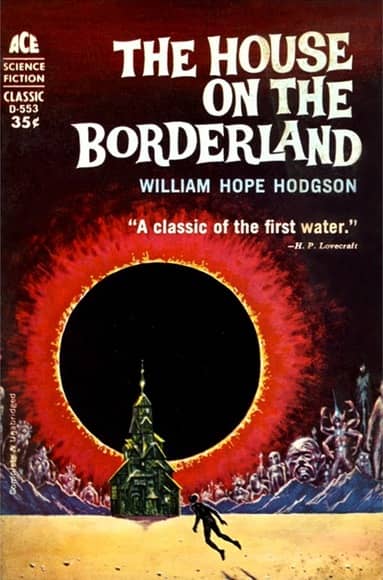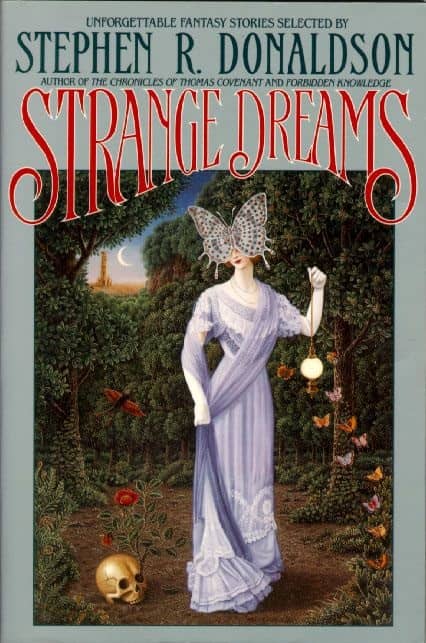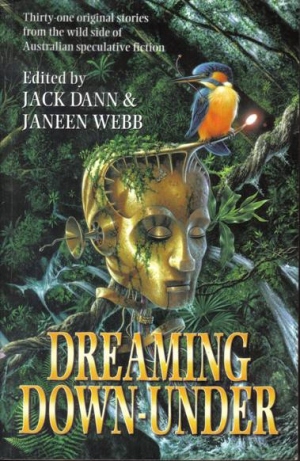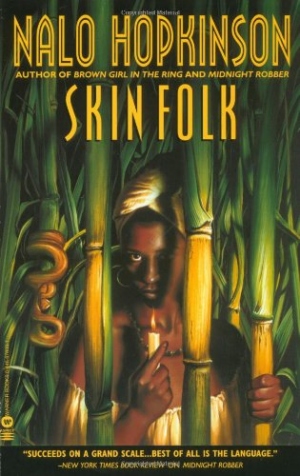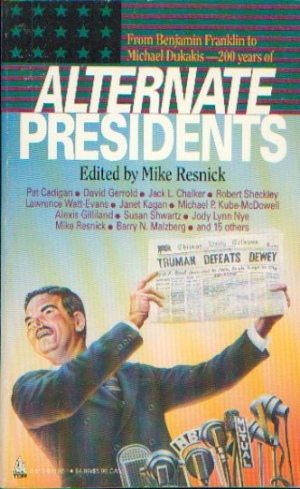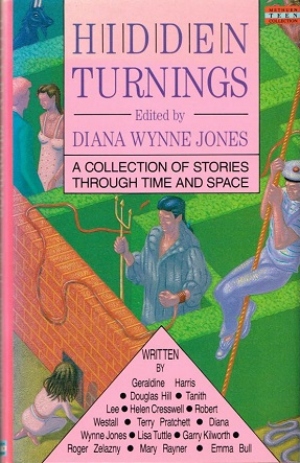Birthday Reviews: December Index
The final Birthday Review Index.
And so the journey begun on January 1 with a review of E.M. Forster’s short story “The Machine Stops” has come to an end, 367 reviews and approximately 166,183 words later, plus a few extra guest reviews and words by Rich Horton and Bob Byrne. There was one date I couldn’t find someone to review (we need authors born on March 8) and I goofed on a couple of authors and wound up writing replacement reviews. Edward Page Mitchell holds the joint distinction of the earliest birth among the reviewed authors, on March 24, 1852, and the earliest published work, with his “The Clock That Went Backward” published in 1881. Rachel Swirsky in the most recently born author reviewed with Steve Perry’s “A Few Minutes in the Plantation Bar and Grill Outside Woodville, Mississippi” published in January 2018 being the most recently published story. I reviewed two stories entitled “Cat” and two stories entitled “Little Red in the Hood.”
January index
February index
March index
April index
May index
June index
July index
August index
September index
October index
November index
December 1, Jo Walton: “Escape to Other Worlds with Science Fiction”
December 2, Jerry Sohl: “Death in Transit”
December 3, John Dalmas: “In the Bosom of His Family”
December 4, Kurt R.A. Giambasitani: “Intaglio”
December 5, John Decles: “The Power of Kings”
December 6, Roger Dees: “Worlds Within WorldsEchoes of Pride”

